
Xiaomi recently launched Redmi 9 Power in Nepal as the direct successor of the Redmi 9 and Poco M2. It brings a Snapdragon chipset, a bigger 6000mAh battery, and a 48MP camera, which looks like a great deal for the asking price of Rs. 18,999. Anyway, is it any better than its predecessors? Is it the best smartphone under Rs. 20,000 in Nepal? Let’s find out in our review of the Redmi 9 Power.
Redmi 9 Power Specifications:
- Body: 6.39 x 3.04 x 0.38 inches, 198 gm
- Display: 6.53-inches IPS LCD, 395PPI, Corning Gorilla Glass 3, TÜV Rheinland Low Blue Light certification
- Resolution: FHD+ (2340 x 1080 pixels), 19.5:9 aspect ratio
- Chipset: Qualcomm Snapdragon 662 (11nm Mobile Platform)
- CPU: Octa-core (4×2.0 GHz Kryo 260 Gold & 4×1.8 GHz Kryo 260 Silver)
- Memory: 4GB RAM, 64GB UFS 2.1/128GB UFS 2.2 storage (expandable)
- Software & UI: MIUI 12 on top of Android 10
- Rear Camera: Quad-camera;
– 48MP, f/1.79 primary lens
– 8MP, f/2.2 wideangle lens
– 2MP, f/2.4 depth sensor
– 2MP, f/2.4 macro sensor
– LED flash - Front Camera: 8MP, f/2.0 lens (notch)
- Audio: 3.5mm headphone jack, stereo speaker, Hi-Res audio
- Connectivity: Dual-SIM (Nano), WiFi 802.11 a/b/g/n/ac (Dual-band), Bluetooth 5.0, GPS / AGPS / Glonass / Galileo / Beidou, USB Type-C, 4G LTE
- Sensors: Accelerometer, Ambient Light, Proximity, Vibration Motor, IR Blaster, Proximity
- Battery: 6000mAh with 18W charging (22.5W brick inside the box)
- Color options: Mighty Black, Blazing Blue, Electric Green, Fiery Red
- Price in Nepal: Rs. 18,999 (4/64GB) | Rs. 20,999 (4/128GB) | Rs. 21,999 (6/128GB)
- Buy here (Daraz)
Redmi 9 Power Review:
Before moving forward with the review, you might know that Redmi 9 Power and POCO M3 that we recently reviewed are basically the same phones. So, I will be keeping this review short and will be referring to the POCO M3 on multiple occasions. And as you’d expect, things are eerily similar between these devices.
Here, the only differentiating factor among these devices is their design and how Redmi 9 Power comes with a wide-angle sensor that the POCO M3 lacks. Also, the latter is available in either 4/6GB RAM whereas Redmi’s alternative doesn’t get the 6GB option.
Design & Build
- Glass front, polycarbonate back, plastic frame
Starting with the design, the phone has a big “Redmi” branding on the rear panel. To me, it looks kinda off-putting, to be honest. Its traditional textured layout does feel nice on the hand though. Besides this, the port selection gets a decent overhaul compared to other entries in the Redmi 9 series. Specifically, it gets a side-mounted fingerprint sensor.
And yeah, although it’s a more ergonomic implementation, I have always been fond of the traditional fingerprint sensor placement. Thankfully, you can switch between how to actually trigger the sensor—simply by touching it or with the click of the button. If its speed doesn’t float your boat, you can go for face unlock too. In terms of design, this phone also has a water-repellent coating.
Display
- 6.53-inches FHD+ IPS LCD screen
- Corning Gorilla Glass 3 protection
Moving on to the display, you get a 6.53-inches IPS screen with Corning’s Gorilla Glass 3 protection. As expected from Xiaomi, it’s an FHD screen, and being the budget phone that it is—you’re greeted with a teardrop notch for the front-facing camera.
![Redmi 9 Power - Display [1]](https://cdn.gadgetbytenepal.com/wp-content/uploads/2021/02/Redmi-9-Power-Display-1.jpg)
The display itself is pretty good though. There’s no visible pixelation and things look adequately sharp. And a piece of good news if you stream videos from different streaming platforms, the Redmi 9 Power is Widevine L1 certified and can therefore play HD videos. Like always, Xiaomi opts for a slight boost in colors but you can easily make up for the fact under the display settings. Besides this, it has a decent viewing angle and brightness is decent for a budget phone as well.
Performance
- Octa-core Qualcomm Snapdragon 662 SoC (11nm)
- 4GB LPDDR4X RAM with up to 128GB storage (expandable)
Let’s move on to performance. Like the POCO M3, Redmi 9 Power is powered by Qualcomm’s Snapdragon 662 as well. There’s no Redmi 8 Power to compare it against so we can’t go down the “upgrade” route. This 11nm silicon is pretty power-efficient compared to the Helio G80 found in Xiaomi’s similarly price smartphones. Here, the Snapdragon 662 has been paired with 4GB of LPDDR4X RAM and up to 128GB of internal storage.
![Redmi 9 Power - Design [1]](https://cdn.gadgetbytenepal.com/wp-content/uploads/2021/02/Redmi-9-Power-Design-1.jpg)
And depending on the memory variant, they feature different storage protocols. The 64GB option gets UFS 2.1 storage whereas the 128GB variant enjoys the newer UFS 2.2 protocol. Our review unit of the Redmi 9 Power features 64GB storage.
Let’s take a look at some benchmark scores:
| Test | POCO M2 | Redmi 9 Power | |
| Androbench | Seq. Read | 312.58MB/s | 513.27MB/s |
| Seq. Write | 255.92MB/s | 202.95MB/s | |
| AnTuTu v8 | Total | 204202 | 183351 |
| CPU | 73222 | 70713 | |
| GPU | 43089 | 34880 | |
| Memory | 44402 | 41178 | |
| UX | 43489 | 36580 | |
| Geekbench 5 | CPU (Single Core) | 344 | 315 |
| CPU (Multi-Core) | 1348 | 1362 | |
| Compute (OpenCL) | 1152 | 373 | |
| PCMark (Work 2.0 Performance) | 8846 | 6097 | |
| 3DMark (Wild Life) | N/A | 371 | |
As you could see, the Snapdragon 662 on the Redmi 9 Power lags behind the Helio G80 on the POCO M2/Redmi 9. While you won’t notice the difference upon light usage, bring multitasking, gaming into the mix—and you’re heading towards a slight disappointment. And the resource-heavy MIUI isn’t helping either.
Gaming Experience
Fortunately, Redmi 9 Power is immune to any form of bloatware and Xiaomi even ships certain apps like Google’s Phone, Messages by default. In terms of gaming, non-demanding titles don’t do much to the phone but titles like PUBG Mobile and COD Mobile do take a toll.
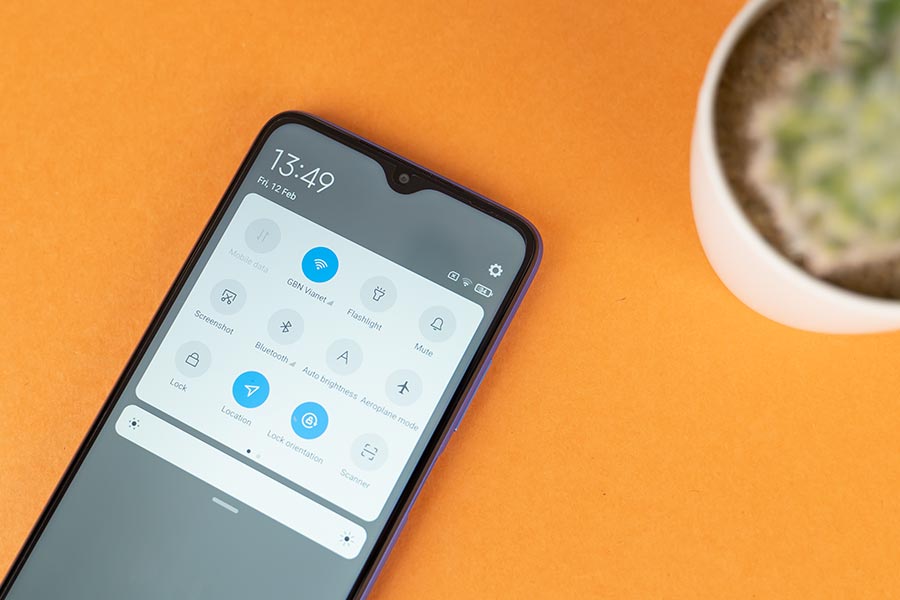
Here, you can play PUBG Mobile at up to Smooth graphics/High frame rate or Balanced graphics/Medium frame rate. The gameplay is fairly smooth on either setting but you’re gonna notice slight stutters every now and then. On the other hand, COD Mobile maxes out at Very High graphics/High frame rate—although I would highly suggest you dial down the graphics settings down to Medium for balanced gameplay.
Cameras
- Quad camera setup at the back
- (48MP primary, 8MP wide, 2MP depth, 2MP macro)
- 8MP selfie camera inside the teardrop notch
Okay, let’s now talk about the cameras. Redmi 9 Power is a quad-cam device led by a 48MP primary lens, an 8MP ultrawide sensor, and two 2MP sensors for depth, macro images. Since the camera performance of Redmi 9 Power and POCO M3 is exactly the same, you can refer to our review of POCO M3 for this.
Wideangle Images
Yet, as I mentioned earlier, Redmi 9 Power also hosts a wideangle sensor. Here, the images from the POCO M2 look slightly washed out whereas the Redmi 9 Power manages to produce more pleasant-looking shots with better dynamic range. Like the primary images, things look much more natural on the Redmi 9 Power as well.
Battery
- 6000mAh battery with 18W fast charging
Getting into the battery, Redmi 9 Power is fueled by a massive 6000mAh cell. With this, the phone will easily last you through the day—even under a high workload. I consistently managed to get around 7 – 8 hours of screen on time. Moreover, even though you’re getting a big battery, it isn’t as unwieldy or uncomfortable as the POCO X3 with similar battery size.
![Redmi 9 Power - Display [2]](https://cdn.gadgetbytenepal.com/wp-content/uploads/2021/02/Redmi-9-Power-Display-2.jpg)
In terms of charging, you get a 22.5W power adapter inside the box although the phones only support 18W of maximum power. With this, it takes around 2 hours 48 minutes to completely juice up the phone from 0 to 100%.
Audio
- Stereo speaker setup, Hi-Res audio certified
Conclusion
To conclude it all, as we’ve discovered throughout this review, Redmi 9 Power is an excellent budget phone. It’s got good cameras, a great battery, and an acceptable design. Moreover, the Redmi 9 Power offers a FullHD display which none of the brands at this price are offering in the Nepali market. Because of all this, the Redmi 9 Power is one of the best phones under Rs. 20,000 right now. Yet, it’s priced quite close to the much powerful Redmi Note 9 which offers much better performance overall.
Redmi 9 Power Review: Pros & Cons
Pros:
- Great value—an easy recommendation
- Crisp, Full-HD resolution display
- Decent camera quality for the price
- Nice, power-efficient performance
- Terrific battery life, 18W fast charging
Cons:
- The “Redmi” branding looks cartoonish
- Closely priced against the Redmi Note 9











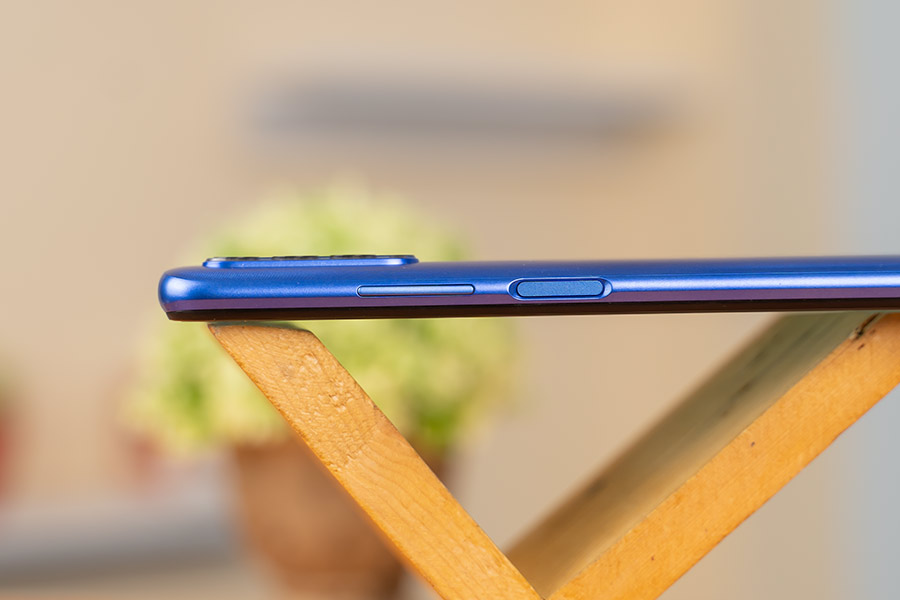
![Redmi 9 Power - Design [2]](https://cdn.gadgetbytenepal.com/wp-content/uploads/2021/02/Redmi-9-Power-Design-2.jpg)
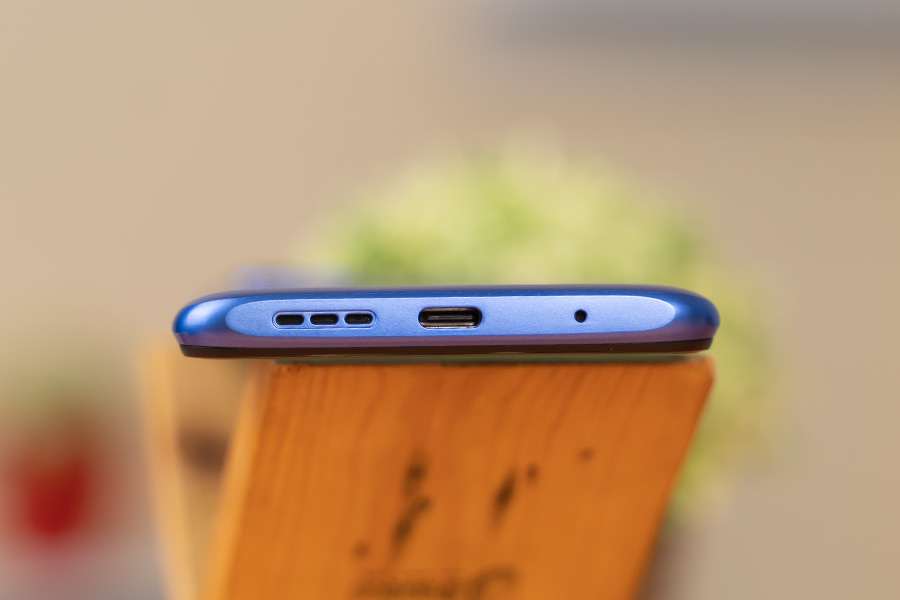









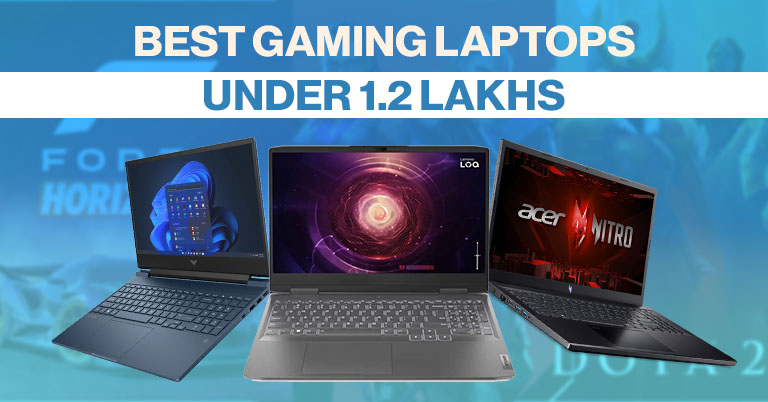
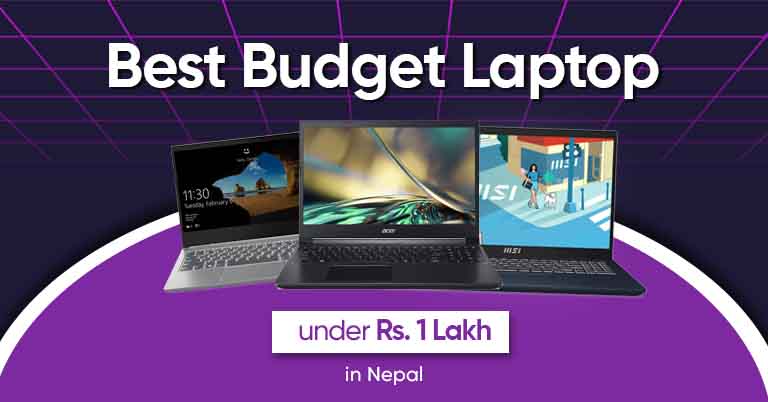
![Best Mobile Phones Under Rs. 15,000 in Nepal [Updated] Best Phones Under 15000 in Nepal 2024 Budget Smartphones Cheap Affordable](https://cdn.gadgetbytenepal.com/wp-content/uploads/2024/03/Best-Phones-Under-15000-in-Nepal-2024.jpg)
![Best Mobile Phones Under Rs. 20,000 in Nepal [Updated] Best Mobile Phones Under NPR 20000 in Nepal 2023 Updated Samsung Xiaomi Redmi POCO Realme Narzo Benco](https://cdn.gadgetbytenepal.com/wp-content/uploads/2024/01/Best-Phones-Under-20000-in-Nepal-2024.jpg)
![Best Mobile Phones Under Rs. 30,000 in Nepal [Updated]](https://cdn.gadgetbytenepal.com/wp-content/uploads/2023/12/Best-Phones-Under-30000-in-Nepal-2024.jpg)
![Best Mobile Phones Under Rs. 40,000 in Nepal [Updated] Best Phones Under 40000 in Nepal 2024 Smartphones Mobile Midrange](https://cdn.gadgetbytenepal.com/wp-content/uploads/2024/02/Best-Phones-Under-40000-in-Nepal-2024.jpg)
![Best Mobile Phones Under Rs. 50,000 in Nepal [Updated] Best Phones Under 50000 in Nepal 2024 Smartphones Midrange](https://cdn.gadgetbytenepal.com/wp-content/uploads/2024/02/Best-Phones-Under-50000-in-Nepal-2024.jpg)
![Best Flagship Smartphones To Buy In Nepal [Updated] Best Smartphones in Nepal 2024 Flagship Premium Samsung Apple iPhone Xiaomi OnePlus Honor](https://cdn.gadgetbytenepal.com/wp-content/uploads/2023/09/Best-Smartphones-in-Nepal-2024.jpg)